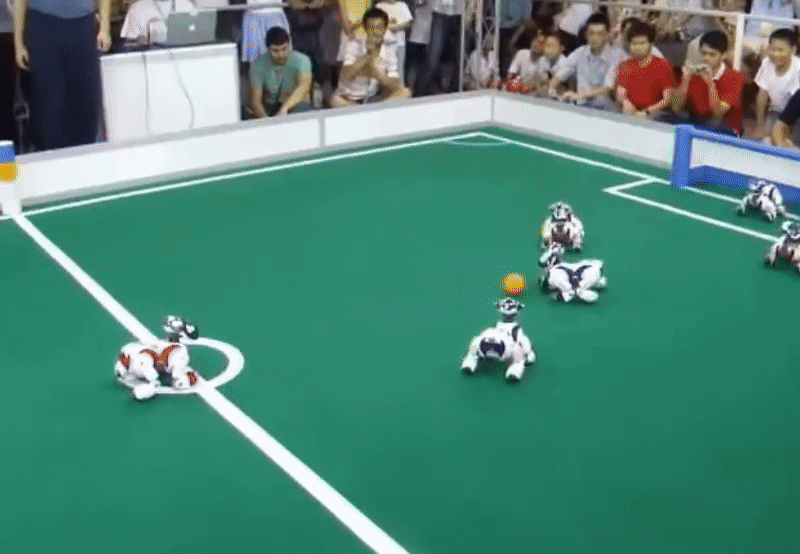The Critical Engineer considers any technology depended upon to be both a challenge and a threat. The greater the dependence on a technology the greater the need to study and expose its inner workings, regardless of ownership or legal provision.
Humanity's reliance on technology within recent years is undeniable. It has ingrained itself into almost every aspect of human life whether it be something as simple as flushing the toilet or something as complex as building a supercomputer. This tenet reverberates with the rapid pace our society's reliance on technology is growing at. The movie Ex Machina--(spoiler alert) in which a humanoid robot manipulates and kills its human creator and caretaker in order to assimilate with the outside human society--is becoming a very real possibility. As this possibility grows larger, we, as engineers, are obliged to study the field of technology thoroughly to prevent or adapt to the radical new changes it might bring.
